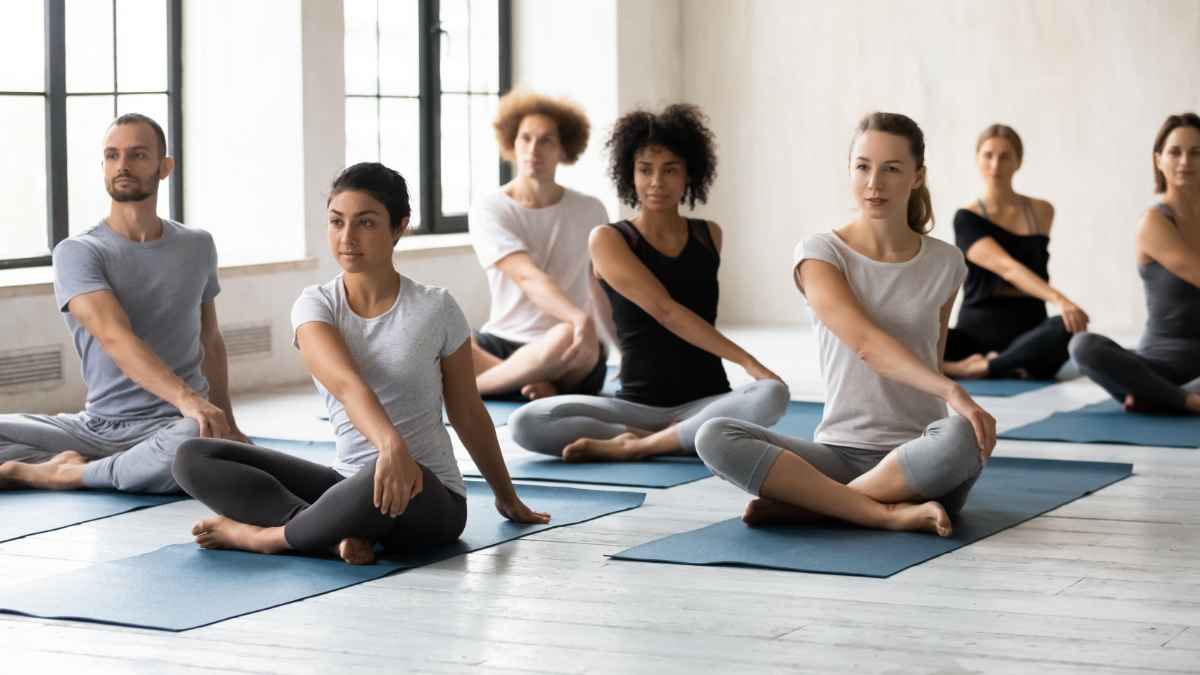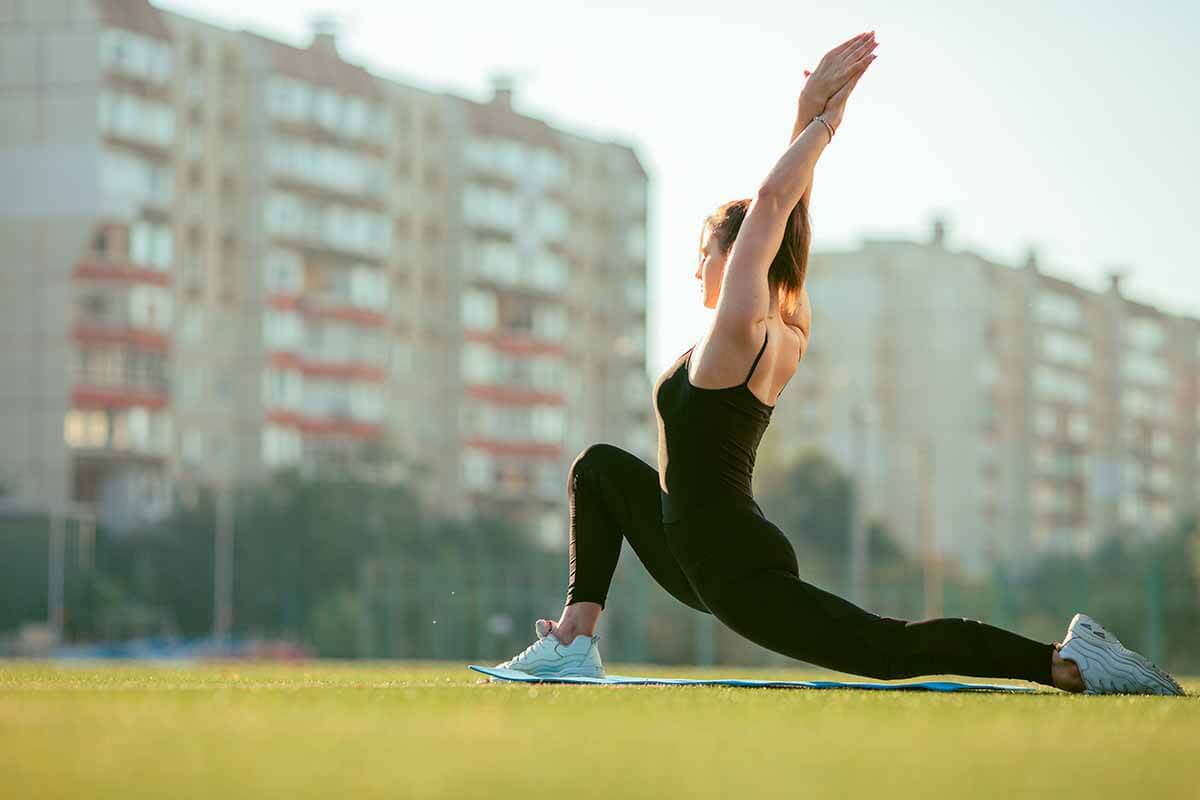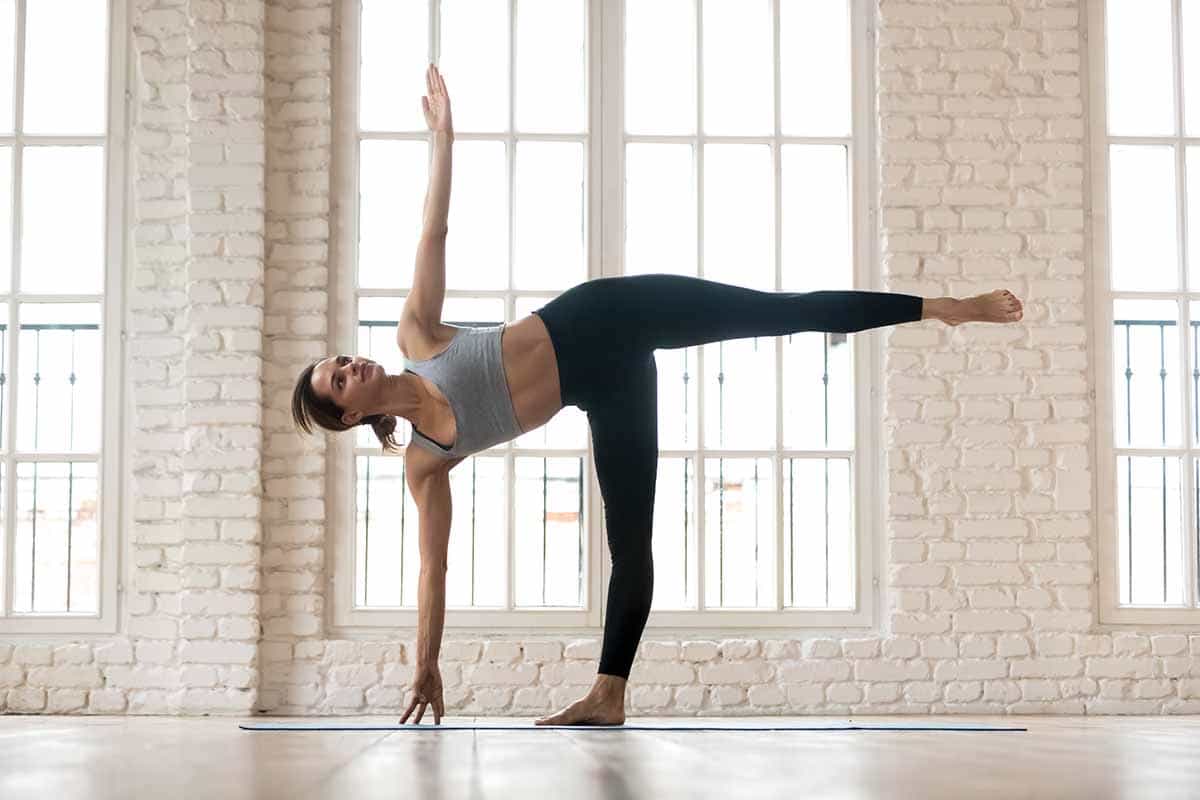
he world of yoga offers a rich tapestry of styles and practices, catering to a wide range of needs, goals, and preferences. With so many options available, it can be overwhelming to navigate the landscape and find the style that best resonates with you. This comprehensive guide will address common questions and considerations to help you understand the different styles of yoga and make an informed decision about your practice. Let's embark on this journey of self-discovery and growth together.
Which styles are best for beginners?
If you’re new to yoga, it’s essential to start with a style that is accessible and suits your needs. Some beginner-friendly styles include:
- Hatha Yoga: A foundational practice focusing on physical postures, breathwork, and meditation. Hatha classes often move at a slower pace, allowing beginners to become familiar with the poses and proper alignment.
- Vinyasa Yoga: A dynamic style characterized by fluid, creative sequencing of postures. While it may be more challenging for beginners, Vinyasa classes can be modified to accommodate different levels of experience. Some of the best vinyasa sequences online are fantastic.
- Iyengar Yoga: With a strong emphasis on alignment and the use of props, Iyengar yoga is well-suited for beginners looking to build a solid foundation in their practice.
The 13 Most Common Styles of Yoga
- Hatha Yoga: The foundation of all physical yoga practices, Hatha focuses on postures (asanas) and breath control (pranayama) to align and calm the body, mind, and spirit.
The 13 Most Common Styles of Yoga
- Hatha Yoga: As the foundation for many yoga styles, Hatha Yoga training combines physical postures (asanas), breathwork (pranayama), and meditation techniques to create a holistic practice. Often considered a gentle and accessible style, Hatha classes typically move at a slower pace, making it an excellent choice for beginners looking to develop strength, flexibility, and mindfulness.
- Vinyasa Yoga: Known for its dynamic and flowing sequences, Vinyasa Yoga synchronizes movement with breath, creating a dance-like practice that builds heat and energy within the body. This style encourages creativity and fluidity, with classes varying greatly in terms of sequence and focus. Vinyasa is suitable for practitioners seeking an energetic and invigorating practice.
- Ashtanga Yoga: Rooted in tradition, Ashtanga Yoga is a rigorous and structured practice that follows a set sequence of postures, performed in the same order each time. This disciplined approach emphasizes breath, internal focus, and the development of strength, flexibility, and stamina. Ashtanga Yoga is ideal for those seeking a challenging and consistent practice.
- Iyengar Yoga: With its emphasis on precision and alignment, Iyengar Yoga is a detail-oriented practice that utilizes props (such as blocks, straps, and bolsters) to ensure proper alignment and form in each posture. This style prioritizes safety and accessibility, making it an excellent option for individuals with physical limitations or those wishing to deepen their understanding of alignment.
- Kundalini Yoga: A unique and transformative practice, that blends physical postures, breathwork, chanting, and meditation to awaken the Kundalini energy, which is believed to be coiled at the base of the spine. This practice aims to promote spiritual growth and self-awareness, making it a suitable choice for those seeking a more profound connection to their inner selves.
- Bikram Yoga: Consisting of a set sequence of 26 postures and two breathing exercises, Bikram Yoga is practiced in a heated room, with temperatures typically reaching 105°F (40°C). This challenging style is designed to systematically work the entire body, enhancing strength, flexibility, and endurance. Bikram Yoga appeals to those looking for a physically demanding practice with a consistent structure.
- Yin Yoga: Focusing on deep connective tissues and joints, Yin Yoga is a slow-paced practice that involves holding passive postures for extended periods (usually 3-5 minutes). This introspective style encourages practitioners to develop patience, mindfulness, and a greater understanding of their bodies. Yin Yoga is an excellent complement to more dynamic practices, as well as a powerful tool for stress relief and flexibility improvement.
- Restorative Yoga: A gentle and nurturing practice, Restorative Yoga utilizes props (such as bolsters, blankets, and blocks) to support the body in passive poses, allowing for deep relaxation and stress relief. This style is an excellent choice for individuals looking to unwind, recover from injury, or simply balance out a more active lifestyle.
- Anusara Yoga: Combining precise alignment principles with an emphasis on the spiritual and philosophical aspects of yoga, Anusara Yoga is a heart-centered practice that encourages self-expression and personal growth. This style often incorporates themes, affirmations, and playful exploration, making it a suitable choice for those seeking a more uplifting and community-oriented practice.
- Sivananda Yoga: A traditional practice based on a set sequence of 12 basic postures, Sivananda Yoga focuses on proper breathing, relaxation, and diet to promote overall well-being. This holistic approach is ideal for those seeking a balanced and structured practice rooted in the classical teachings of yoga.
- Jivamukti Yoga: Physically demanding and spiritually focused, Jivamukti Yoga incorporates chanting, meditation, and teachings from ancient yogic texts into a dynamic and flowing practice. This style often explores ethical and philosophical themes, making it an excellent choice for those seeking to deepen their understanding of yoga both on and off the mat.
- Prenatal Yoga: Specifically designed to support and nurture pregnant women, Prenatal Yoga focuses on poses and techniques that promote relaxation, flexibility, and strength during pregnancy. This specialized practice often includes modifications and props to accommodate the unique needs of expectant mothers, providing a safe and supportive environment for both physical and emotional well-being.
- Power Yoga: Inspired by Ashtanga Yoga but without the set sequence, Power Yoga is a vigorous, fitness-based approach to the practice, focusing on building strength and stamina. This style often incorporates challenging postures, creative sequencing, and elements from other movement disciplines, making it an ideal choice for those seeking a dynamic and physically demanding practice.
What are the benefits of incorporating different yoga styles into my routine?
Incorporating multiple styles of yoga allows you to experience the unique benefits each offers and fosters a well-rounded practice. For instance, combining the strength-building aspects of Vinyasa with the deep relaxation of Restorative Yoga can support overall well-being.
To integrate multiple styles, consider alternating between them, dedicating specific days to each style or incorporating elements of different practices into a single session.
Final Thoughts on the Styles of Yoga
With a plethora of yoga styles available, finding the right practice for your needs and preferences can be both exciting and challenging. This comprehensive guide aims to provide clarity and guidance as you navigate the diverse landscape of yoga. By understanding the unique aspects of each style, you can make an informed decision and embark on a transformative journey that supports your physical, mental, and spiritual well-being. Remember, the journey of yoga is one of self-discovery, so be open to exploration and embrace the journey with an open heart and curious mind.



